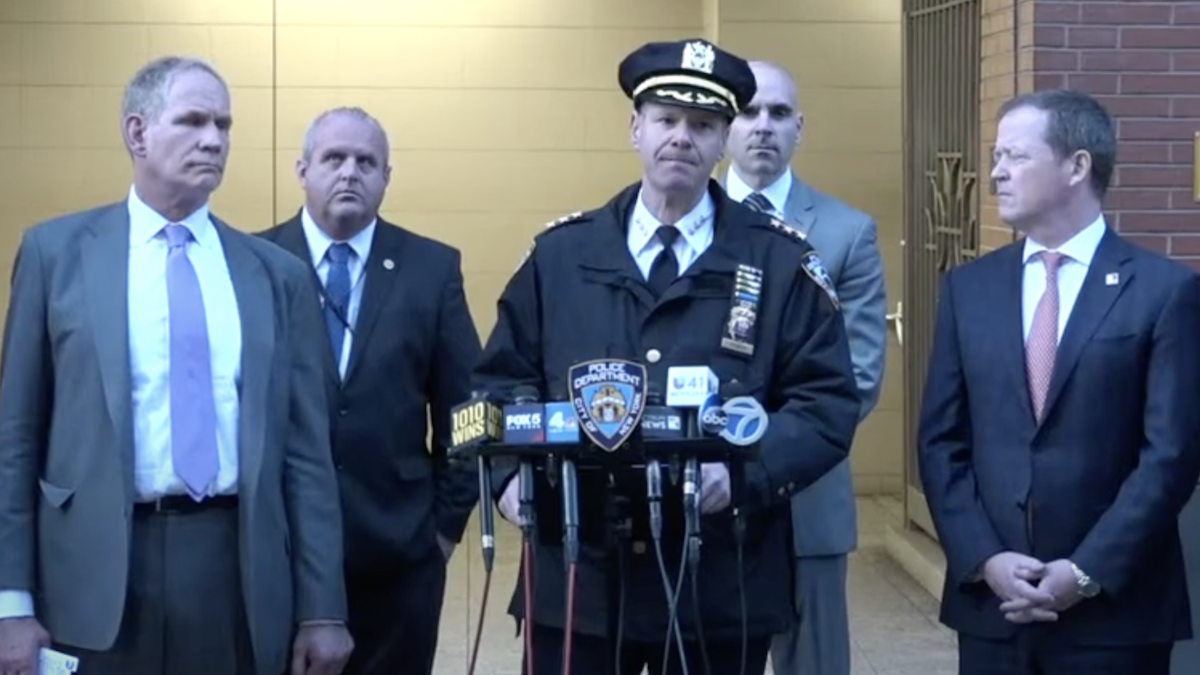One of the most interesting books I have read in the past few years is Bill James’ Popular Crime: Reflections on the Celebration of Violence. It explores the countless incidents of crimes that became national phenomena over the course of the past century or more, and it does so with James’ trademark combination of snark and specificity. A major point he highlights, though, is how quickly these incidents are swept under the rug – they are viewed as tawdry or tabloid, and even though they may be very popular in the sense of attention (people love to read about them, and the media loves to cover them), the elites view this as gauche and not appropriate for conversation. James makes reference to bringing up JonBenet Ramsey at a party and being looked at as if he had forgotten his pants. Thus, very few lessons are taken away from these experiences as regards America’s system of criminal justice, and critiques of cases are further dismissed if they come from intelligent laypeople, like James, as opposed to actual lawyers.
This, in James’ view, is as big a crock as it was to dismiss the views of sophisticated data analysts in favor of the views of experienced scouts in the world of baseball. It is just as possible for lawyers and investigators to screw up as it is for baseball scouts or software engineers or doctors to screw up, if not more so given the incentives. The difference is that there is a veneer of oratorical protection built into the legal system – that you don’t understand the way the rules work, or the burdens of proof, or the process of appeal – which turn out to be, unlike some of these other professions, mostly bunk.
The presumption of innocence is no longer a real thing. The grand jury indictment system in particular is geared toward producing the outcomes a prosecutor wants, which is how you get a single DA’s office finding it impossible to indict the police officer who killed Eric Garner getting an indictment less than a month later of the man who filmed the footage of his death. James believes that the lay public ought to be more aware of how the justice system actually works, and brought into a currently latent discussion about reforming it. Documentaries like Serial and now Making a Murderer have perhaps helped to take a few steps toward this goal.
What We Talk About When We Talk About Murder
As it relates to Making a Murderer: the core critique of the system is heard in the conversation in a later episode, where Steven Avery – having been jailed for so long for a crime he did not commit, claiming his innocence to his parents – spits out the fatalistic line “poor people lose.” This is not the first time this belief has taken hold regarding our justice system. What crops up frequently in James’ book, and more frequently in times of economic distress, is the convenient scapegoat of the other. The family that doesn’t fit in. The immigrants. The rednecks. The people with yards full of trash, and who have rumors of inbred behavior. It goes away in times of economic plenty, and returns in times of economic stress. Sometimes Justice is blind – sometimes, she weighs the money on those scales. And once the justice system starts its process in popularly noticed crimes, people must choose sides.
The force of attention in crimes that achieve popularity focuses on the ones who don’t fit in. And when that attention comes, it comes quickly and severely, often with terrible ramifications. James uses the example of what would happen if everyone in an office of a hundred people decided together to suddenly start paying a great deal of attention to a certain copy secretary. By noon, you can imagine the secretary would already be behaving differently than normal. When the crush of attention came for a member of the household staff in the case of the Lindbergh baby’s abduction, she committed suicide before her second police interview. It was later found that she was innocent of anything other than having gone on a date with a man who was not her fiancé on the night in question. Attention changes behavior – for cops, for lawyers, and for the accused.
In this case, having read and watched a good bit outside the documentary, I am of the opinion that Steven Avery is the likeliest party to have done it; that local police, including some very obviously corrupt ones, were convinced he did it, and had other motivations to put him away; and that they purposefully forged or altered a good deal of evidence – including the forcible Brendan Dassey interview, the most prominent act of professional misconduct by the prosecution and the investigators – in order to make sure he went away. (Their problem from the beginning was an absence of evidence – especially given their theory of the case, there should have been an absurd amount of bloody evidence compared to what they found.) The local priority was not to solve the crime, but to extirpate this troublesome family. The defense interviewer’s line remains the most disturbing expression of this: “This is truly where the devil resides in comfort. I can find no good in any member. These people are pure evil. A friend suggested this is a one-branch family tree. Cut this tree down. We need to end the gene pool here.” And this is someone ostensibly working to serve the legal interests of that family! No wonder people believe our systems of law are corrupt.
Now of course, none of this means Steven Avery is innocent. There is a great deal of evidence that he is guilty. But there are simply so many things you have to believe to buy either theory of the case, either that of the prosecution or the defense, that require you to suspend belief. The case as the prosecution presented it in Brandon Dassey’s trial does not stand up at all and requires you to believe the theory they presented in the first trial is thoroughly false; it is unconscionable he was convicted. It requires you to believe she was murdered in a different place, that she was murdered in a different way, that she was moved in a different way, and indeed that the entire timeline has to be rejiggered with multiple eyewitnesses ignored. That’s the real travesty here.
Were Dassey and Avery to be retried in different venues, the case against Dassey would be thrown out in a day. Avery, on the other hand, could potentially be convicted again, and perhaps rightly. What that conviction ought to be based on is not the grandstanding of corrupt prosecutors, but the solemn command that such a conviction ought to be based on evidence which places guilt beyond a reasonable doubt. This is a concept that we may not have any more in this country. Perhaps that is a temporary problem brought on by the declines of the past 15 years. Perhaps it is more permanent. And if that is so, the system of justice and of juries that we have here may at some point need to be reconsidered.









